Fire Safety Equipment
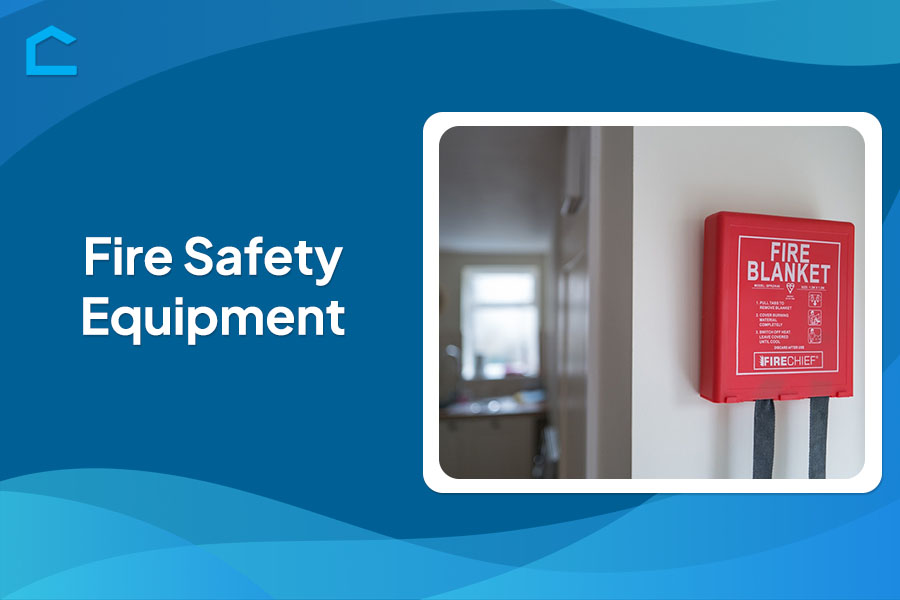
Safety equipment plays a critical role in protecting lives and property from the devastating effects of fire. The right tools and devices can make the difference between a minor incident and a catastrophic event in homes, workplaces, and public spaces. So, what are the essential fire safety equipment for your home?
In this article, we will explore the vital role of fire prevention equipment in protecting lives and property. We’ll delve into the various types of equipment essential for fire detection, suppression, and containment.
Join us now in this exploration!
Essential Fire Safety Equipment
1. Smoke alarms
Smoke alarms are necessary for detecting fire early in your home, helping to prevent danger and reduce the need for extensive fire damage restoration. They can sense smoke before it’s visible to you. This early detection provides you and your family with crucial time to respond and evacuate safely.
You should install smoke alarms on every level of your home, including the basement. They act as fire prevention equipment, offering comprehensive coverage and early warnings in case of a fire.
Yet, remember to regularly test your smoke alarms and replace batteries as recommended by the manufacturer. Interconnected smoke alarms are also beneficial – they all sound an alarm when one detects smoke.
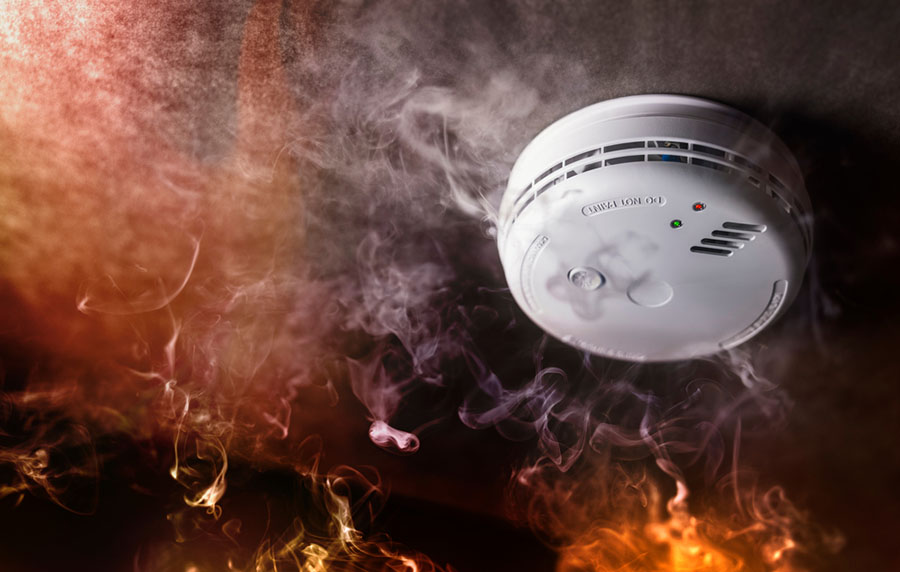
Source: shutterstock.com / Photo Contributor: Brian A Jackson
2. Carbon monoxide detectors
Fires emit carbon monoxide, a gas that’s both odorless and colorless, and inhaling it might be fatal. For this purpose, carbon monoxide detectors are designed to sense this gas and warn you if levels become hazardous, enabling you to act swiftly.
These detectors aren’t just for fire safety; they also guard against other carbon monoxide sources, like malfunctioning appliances or heating setups. Ensure you have detectors on every house floor, especially close to sleeping areas. And remember to replace them per the manufacturer’s guidelines, usually every five to seven years.
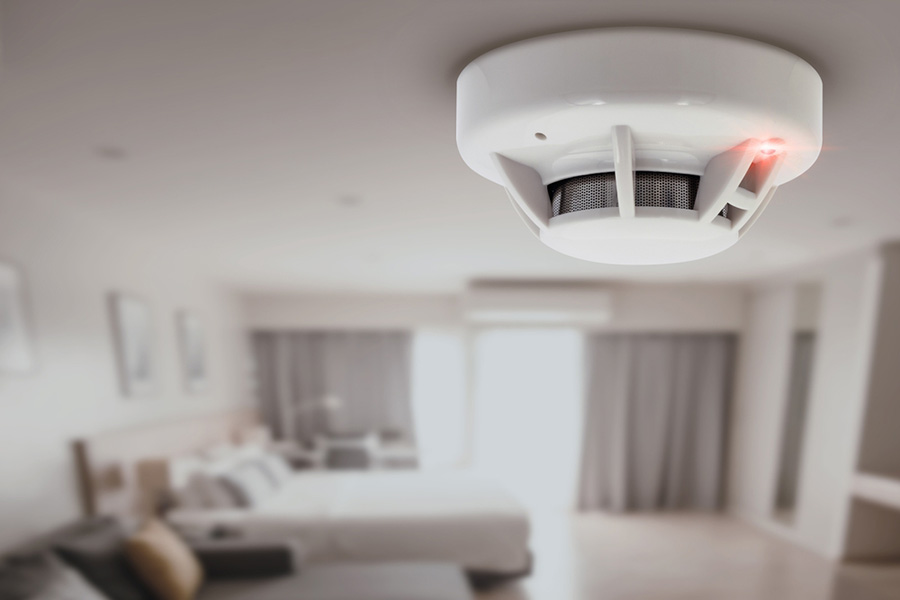
Source: shutterstock.com / Photo Contributor: Quality Stock Arts
3. Fire extinguishers
Having fire extinguishers readily available in your home might save lives during a small, contained fire. You can act immediately and possibly extinguish the fire before it spreads uncontrollably. These devices are crucial for fire safety at home and work.
We advise you to keep fire extinguishers in easy-to-reach spots like the kitchen, garage, and nearby exits. You should regularly maintain and inspect them to ensure they’re ready when needed.
Additionally, learn how to use a fire extinguisher properly and teach your family members, too. You may consider a training course for hands-on practice and confidence in emergencies.
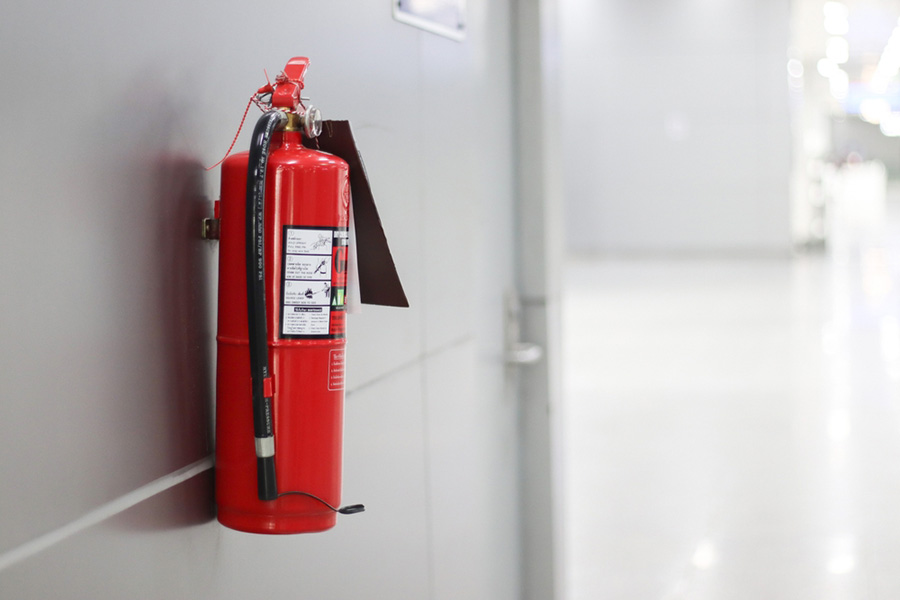
Source: shutterstock.com / Photo Contributor: TAWATCHAI PLONTIP
4. Escape ladders
If you live in a multi-story home, escape ladders are crucial for fire safety. They provide a reliable way to exit the upper floors when traditional routes are blocked by fire. When choosing a ladder, match its length to the height of your home.
You must install the ladder securely and conduct regular drills with your family. This ensures everyone knows how to use it in an emergency. Plus, store the ladder where it’s easy to reach and follow the manufacturer’s instructions for safe deployment and use.
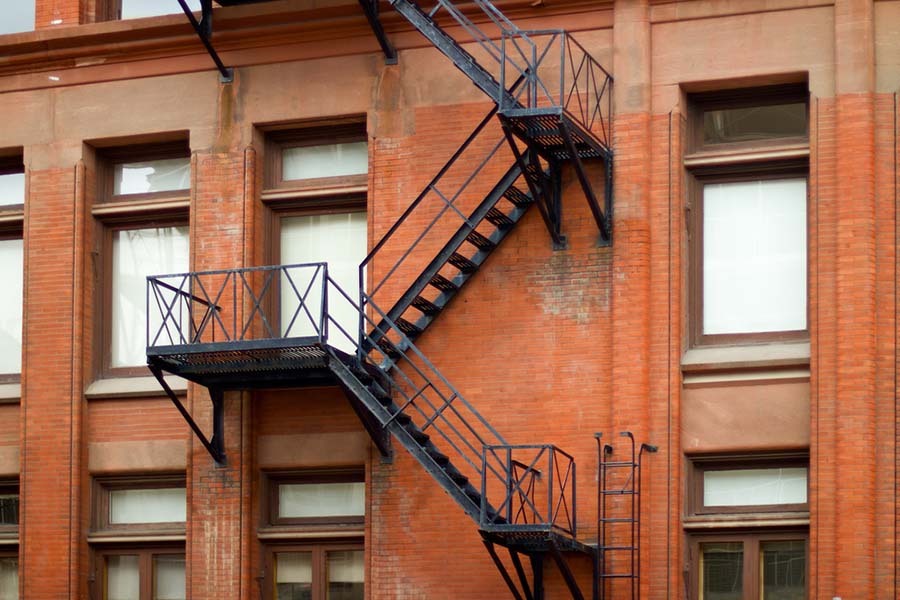
Source: shutterstock.com / Photo Contributor: LesPalenik
5. Fire blankets
Fire blankets serve two main purposes: to extinguish small, contained fires and to shield you from flames and heat. You can wrap a fire-resistant blanket around someone who’s caught fire; it might effectively remove the flames and prevent further burns.
Additionally, fire blankets are handy for smothering small fires, like those in the kitchen or wastebaskets, by cutting off the fire’s oxygen supply. To make the most of fire blankets, store them strategically, such as near the kitchen or fireplace, and ensure everyone in your household knows how to use them correctly.
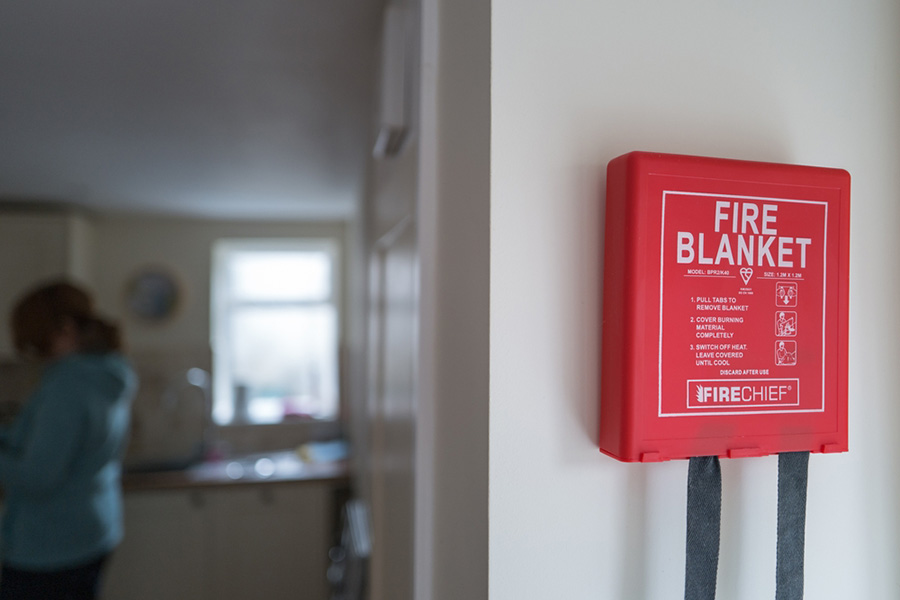
Source: shutterstock.com / Photo Contributor: Nick Beer
6. Sprinkler systems
Sprinkler systems work fast to put out fires and limit damage to your property. They sense heat or smoke and activate, releasing water to contain the flames. You can choose from different types, such as wet-pipe, dry-pipe, and pre-action systems, to fit your home’s needs.
To find the right system for your home, you should consult with a professional; it’s crucial for proper installation and ongoing maintenance. Also, make sure you follow the manufacturer’s guidelines for testing and upkeep. And, of course, ensure your system is connected to a dependable water source.
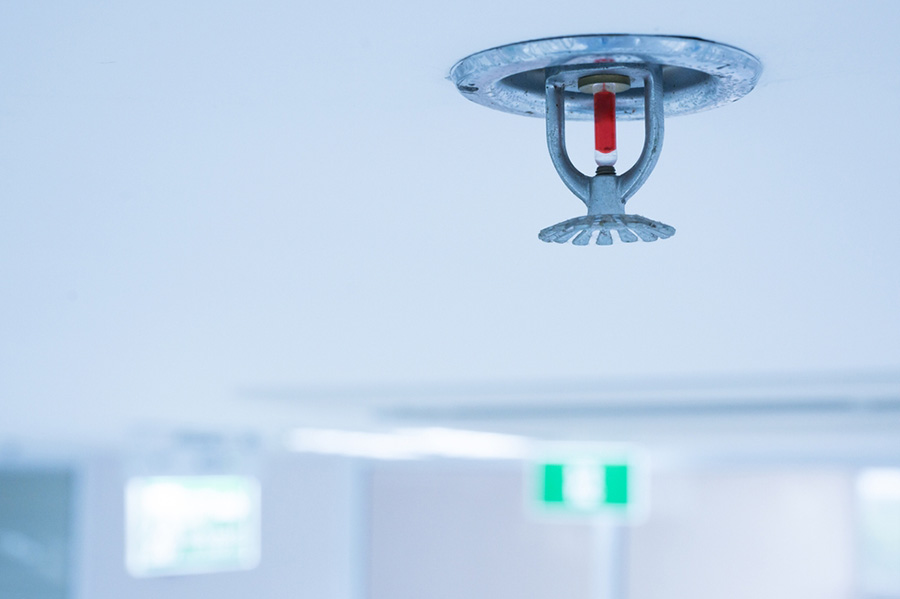
Source: shutterstock.com / Photo Contributor: Komsan Loonprom
7. Fire-escape plans
A well-thought-out fire escape plan might make all the difference in ensuring a safe evacuation. You should have a customized plan tailored to your home’s layout and where exits are located. Consider any special needs your family members may have.
You should also designate meeting spots outside your home in your plan. Regularly practice drills so everyone knows what to do during an emergency.
Moreover, review and update your fire escape plan often, especially if your home’s layout or who lives there changes. Involve everyone in your family in planning so they understand and cooperate.
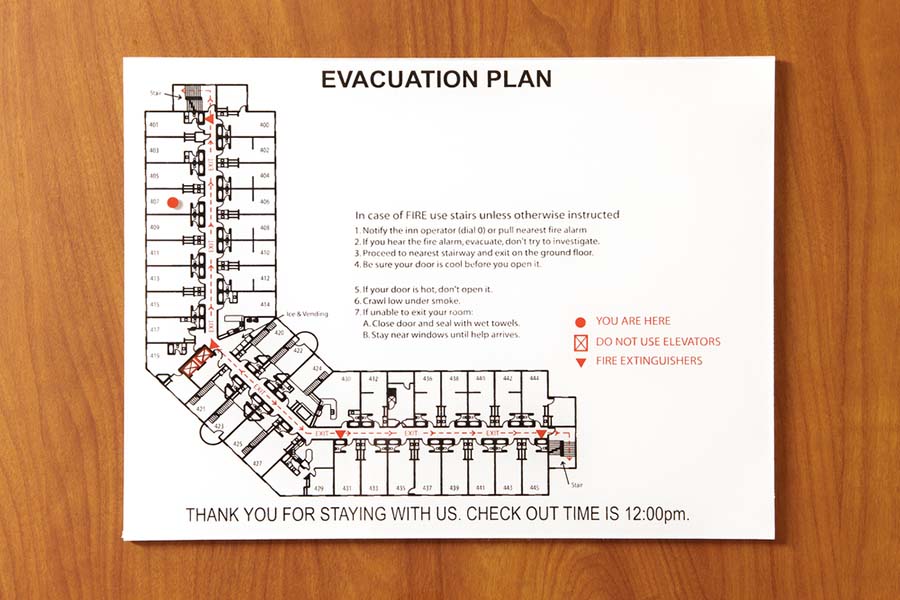
Source: shutterstock.com / Photo Contributor: B Brown
Conclusion
Fire safety equipment plays a critical role in protecting lives and property from the devastating effects of fire. These tools can differentiate between a minor incident and a catastrophic event in homes, workplaces, and public spaces.
Understanding and implementing essential fire protection equipment like smoke alarms, carbon monoxide detectors, fire extinguishers, escape ladders, fire blankets, sprinkler systems, and fire escape plans are vital to ensure safety. You might reduce the risks associated with fire-related incidents and create a safer environment for everyone.
